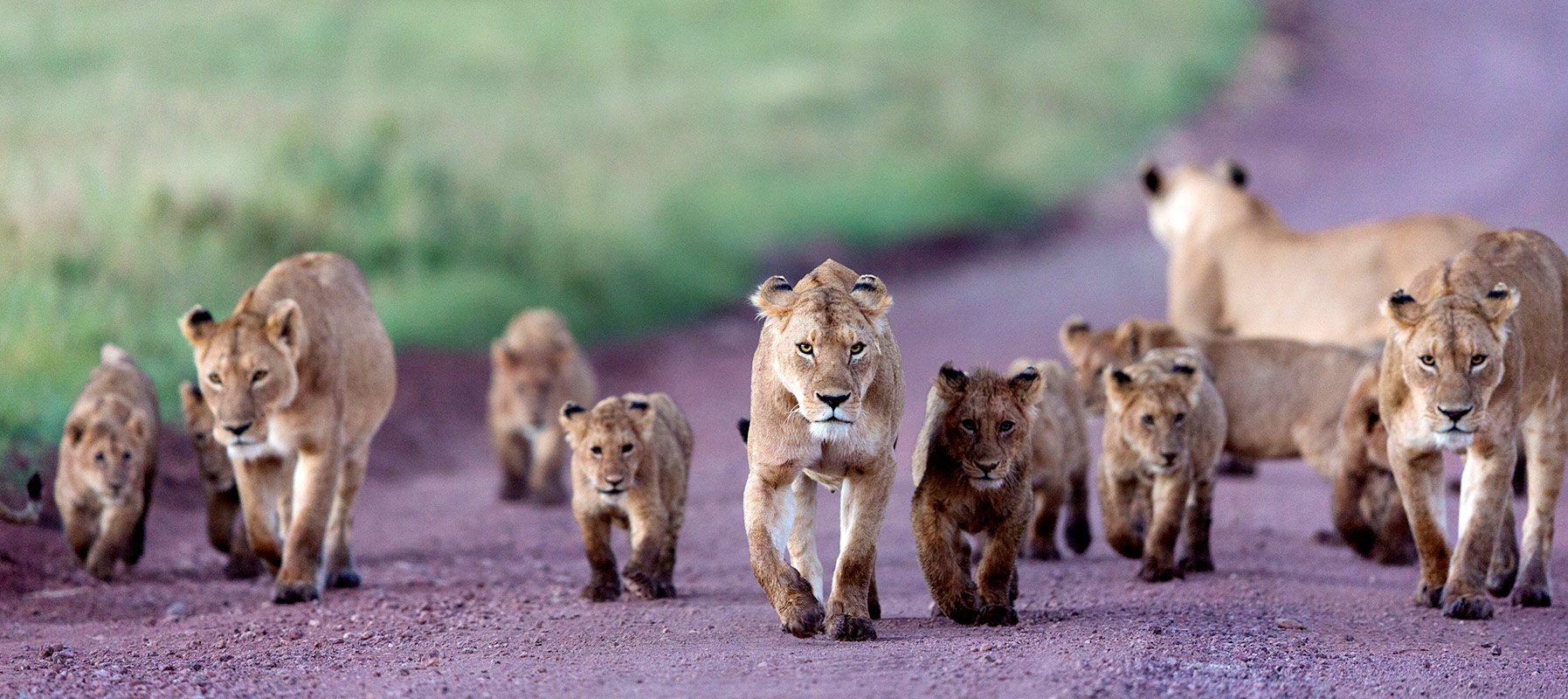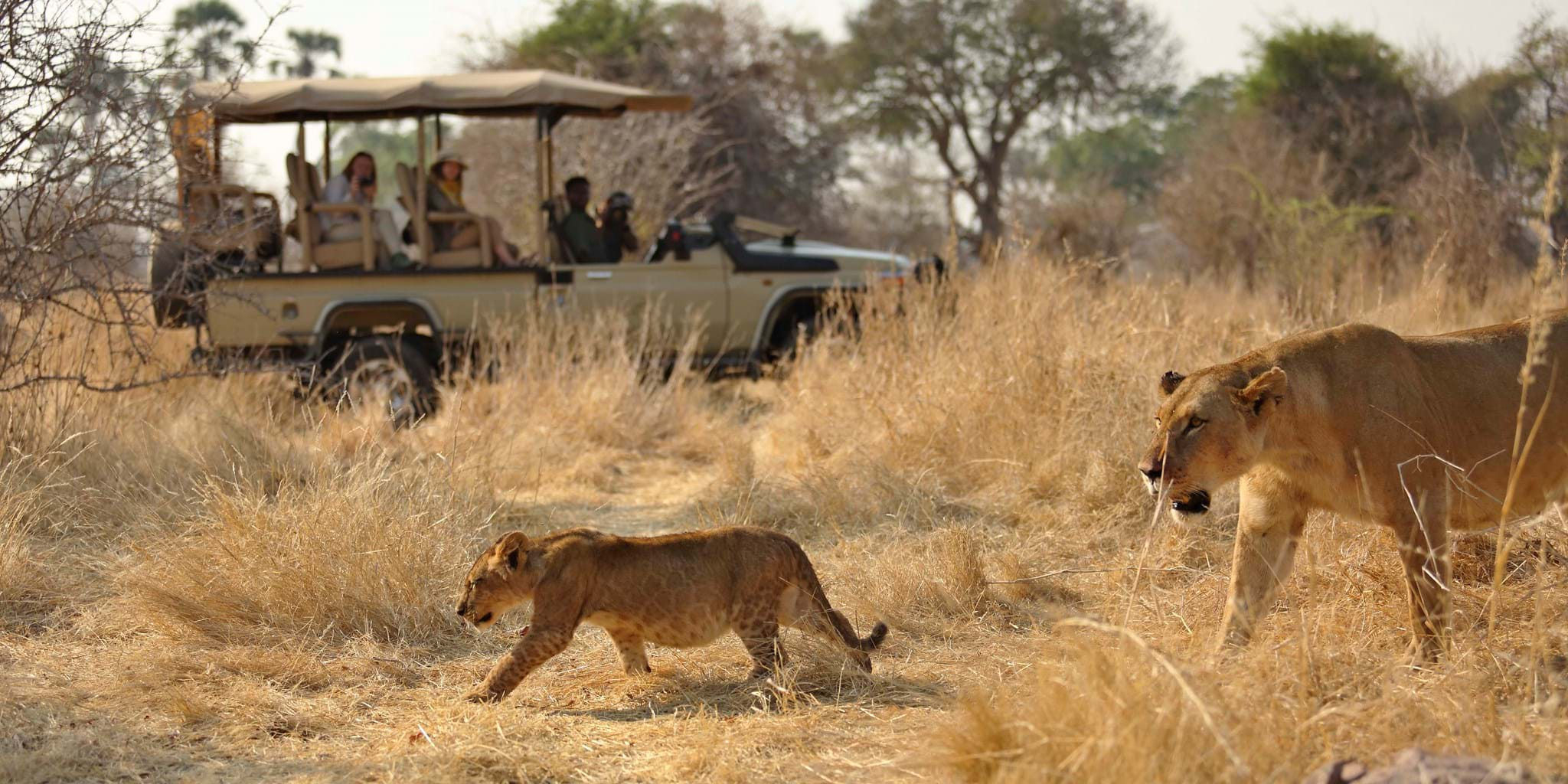Serengeti National Park
Tanzania Destinations | northern circuit
Serengeti National Park covers 14,763 sq km of endless rolling plains, which reach up to the Kenyan border and extends almost to Lake Victoria. The park is flourishing with magnificent wildlife, so great for a safari. An estimated 3 million large animals roam the plains. People of the Maasai Tribe called it Siringitu – ‘the place where the land moves on forever.’ The Serengeti is known as one of the best wildlife sanctuary in the world.
With two World Heritage Sites and two Biosphere Reservates that have been established within this area. It’s unique environment has enthused writers, filmakers as well as numerous photographers and scientists. The Serengeti ecosystem is one of the oldest on earth, the main characteristics of climate, flora and fauna have hardly changed in the past million years.
Serengeti is renown for the migration of animals. Every October and November, more than 2 million wildebeest and about 250,000 zebras travel south from the northern hills to the southern plains for the short tropical rains and then journey west and north after the long rains in April to June. The animals’ ancient instinct to move is so strong that no drought, gorge or crocodile-infested river can hold them back. The Wildebeests migrate through a number of parks, reserves and protected areas and through a variety of habitats. We can arrange great migration safaris for you!
Wildlife of Serengeti National Park
The Serengeti boasts large herds of antelope including Patterson’s eland, Klipspringer, Dikdik, Zebra, gazelles, lion, impala, leopard, cheetah, hyena and other larger mammals like the rhino, giraffe, elephant and hippopotamus. Nearly 500 species of birds have been recorded in the park. The Serengeti is an opportunity for one of the best game-viewing in Africa.
Migration in the Serengeti
The wildebeest migration, like a discernible thread, embraces and connects the Serengeti’s ecosystem much as it has done for at least two million years.
Every year, with some seasonally dictated variations in timing and scale, one million wildebeests leave the southern Serengeti’s short grass plains in search of the grass and water they need to survive.
During their annual pilgrimage, they will travel some 2.000 miles devouring 4.000 tonnes of grass a day. A quarter of a million will be born, many will die.
History of Serengeti
The history of human inhabitation revolves largely around the history of the African people, from the hunter-gatherers who wandered the plains, to the people of today who protect it as the main destination for travelers. The Serengeti’s history has been virtually ignored, except for Olduvai Gorge, where the Leakey family discovered fossils of human and animal ancestors dating back to almost two million years, and which is part of the Ngorongoro Crater Conservation Area.
Tsetse flies in the woodlands, and sleeping sickness, guaranteed that the Serengeti was spared European settlement, and with it the distinction of the wildlife that other African countries were subjected to.
When to visit Serengeti
The Serengeti’s climate is warm and dry. The tropical rainy season is from March to May, with short rains from October to November. The Serengeti is lush and green after the rains, but a steady drying up follows which inhibits plant growth and encourages the animals to migrate in search of water.
With altitudes ranging from 920 to 1,830 metres, average temperatures vary from 15 degrees to 26 degrees Celsius. The coldest temperatures are experienced from June to October.
Activities
- Bird watching
- Exciting walking safaris
- Unforgettable balloon ride in the Serengeti
You might be also interested in visiting Tarangire National Park.








